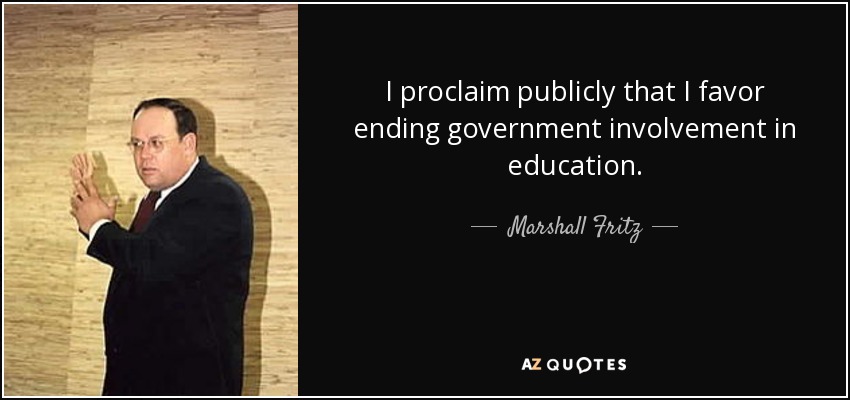Its no news to anyone back home, at university or even here at Moulsford that I love my history and its definitely an area I am really interested in teaching. Mouslford are about to go through a whole curriculum change which will happen in the next few months, but for the next few weeks I am seeing the curriculum as it stands now which is with the Year 6 boys and up working towards their common entrance exams. Obviously, there are exams in Scotland but not until the children are working towards their nationals and highers etc.
So how structured are the two curriculum? We all know how much “free reign” teachers in Scotland get under the Curriculum for Excellence. As long as each child in the class hits the Experiences and Outcomes in the social studies subject, the teachers are able to teach what they like, when they like and how they like. Here at Moulsford the same goes for Years 3 to 5. Children study The Vikings, The Egyptians, World War 2, The Aztecs and more with a range of different methods in which they teach it. When it come to Year 6, everything changes slightly as the boys are working towards their common entrance exams for private schools. The history syllabus for common entrance includes Medieval Realms: Britain 1066 – 1485, The Making of the United Kingdom: 1485 – 1750, Britain and Empire: 1750 – 1914 where they must cover topics like the Black Death, Henry VII, American war of Independence, seven years war and the English Civil War. I certainly think there is a lot to cover in 3 years for boys so young, but if the boys are to go onto do history at a higher level, the lessons that they have now will prepare them. The 60 minute common entrance exam for history in compiled of 2 questions, 1 unseen evidence based question and then 1 essay based question from the common entrance syllabus. They would usually have at least 7 questions to choose from. Schools will then take candidates depending on their score, for top school 65-85% or above.

Image taken from Google – I know many teachers who wish the Government had nothing to do with education. What are your thoughts?
More recently in Scotland, there has been a slight shake up in the way history is being taught. Although this does not affect primary schools as much, the curriculum for exams in high schools has in the past few years changed to include a lot more about Scottish history, rather than history of the world. Many have stated that this is just part of the SNP trying to rewrite history books to create propaganda for their pledge for independence. Personally, I agree that if this is the reason they have changed the curriculum, that is utterly unacceptable to teach children based on something that a political party wants, rather than changing the curriculum to benefit the children being taught. Either way and no matter what the reason was for changing it, this does show just how much power the government in Scotland have over the curriculum. My personal feeling on the matter is, no matter where you are in the world, that we should teach children about what they are most likely to be interested in and most likely to equip them for adult life. As a child, I was sick to the back teeth of Culloden by the third time we studied it, let alone the fourth! There was no need for me to learn 4 times about the Battle of Culloden. Yes, it happened only 70 miles away from my house and yes, it is an extremely important moment in history, but 4! Really! When have I ever used my knowledge that I know about the Battle of Culloden in everyday life? I have written about this subject before, explaining my disgust and anger when a lecturer told us that we should only be teaching about Scotland in Is Scottish history the only history that matters in the classroom? So I won’t bang on about it anymore.

Image taken from Google – The famous Battle of Culloden!
To conclude, I am certainly enjoying attending history lessons here at Moulsford and when discussing history with the other teachers feel very enthusiastic about teaching history on the whole. I do feel that there are history subjects out there which are more important to teach that others, especially when it comes to engaging children and teaching them at age and stage appropriate levels. The Scottish curriculum is really basic and allows teachers to teach what they wish up till secondary level when it becomes a more structured tyrant of constant Scottish history, with little scope to go by. At the end of the day though, there is not much difference here at Moulsford. The boys learn a range of historical topics, until Year 6, when everything changes to make room for that dreaded common entrance exam. However, the topics with this are really broad, so do give teachers more scope to play with when planning for the children. At the end of the day, I could write for days about my love of teaching history and the fact that we teach history to equip our children to learn from the past so they can plan for the future, and no matter how much we as teachers may protest, for better or worse, the one thing we can never change is the say that the governments will always have in the way we do this.


